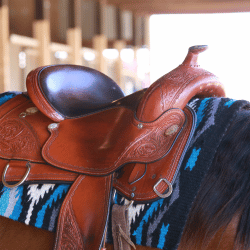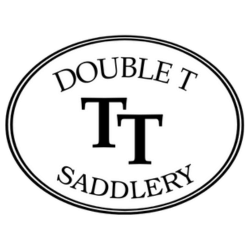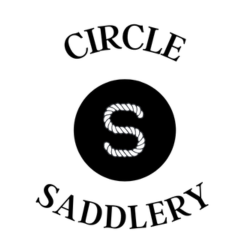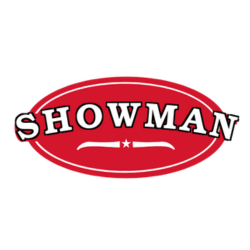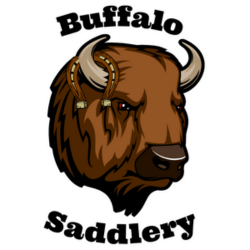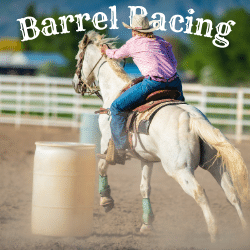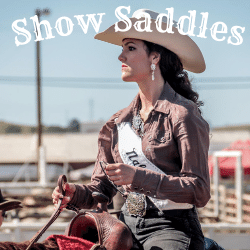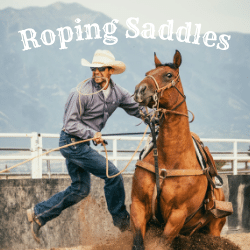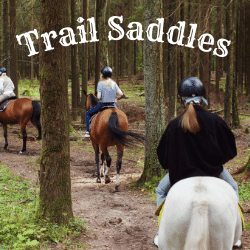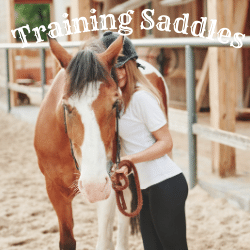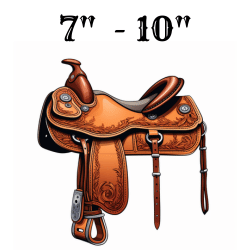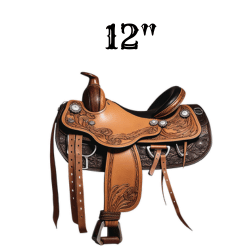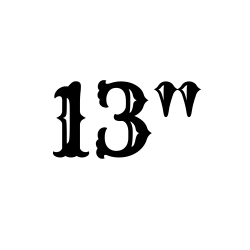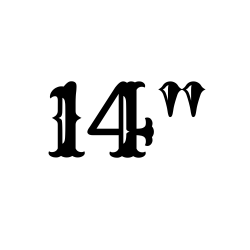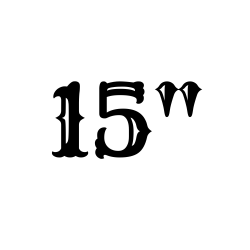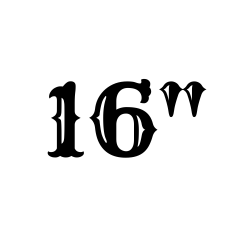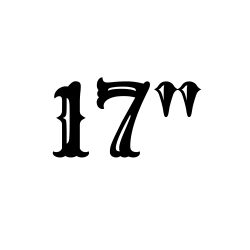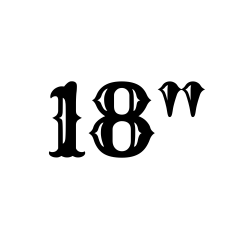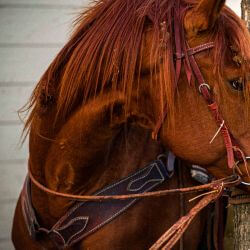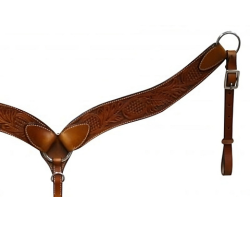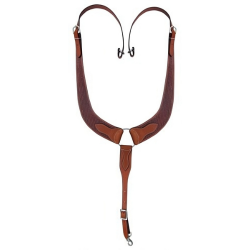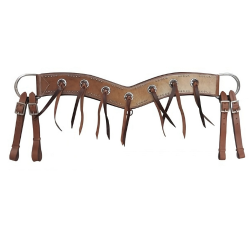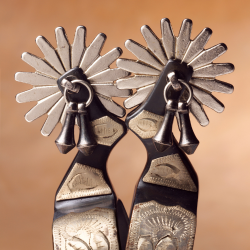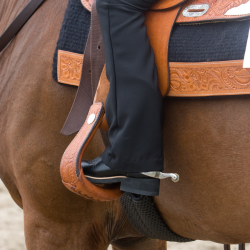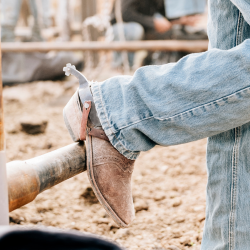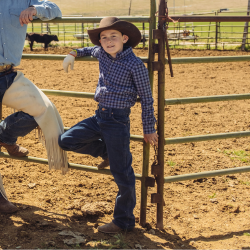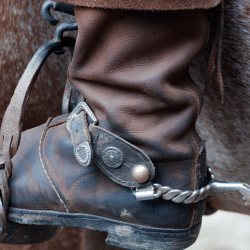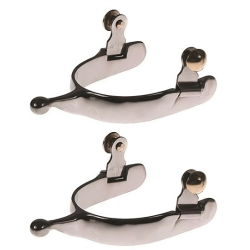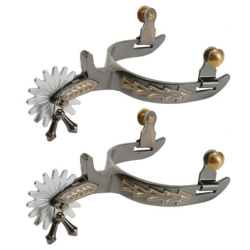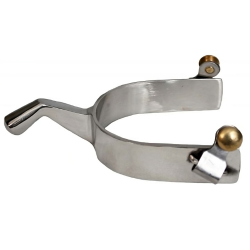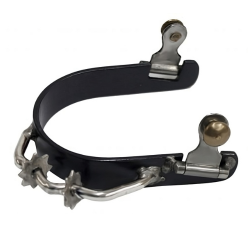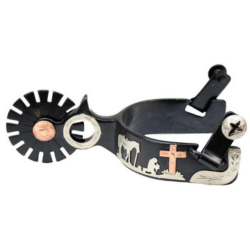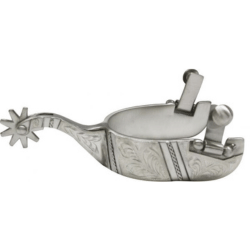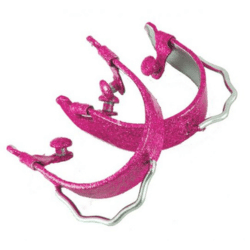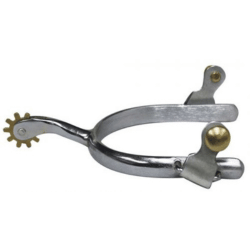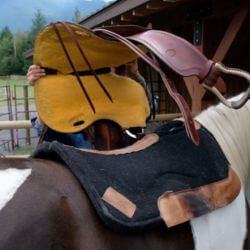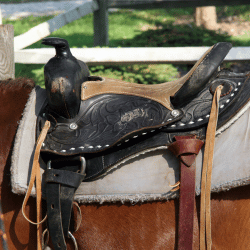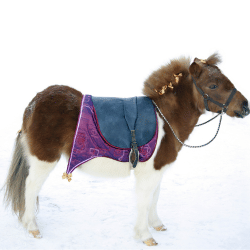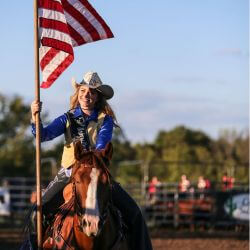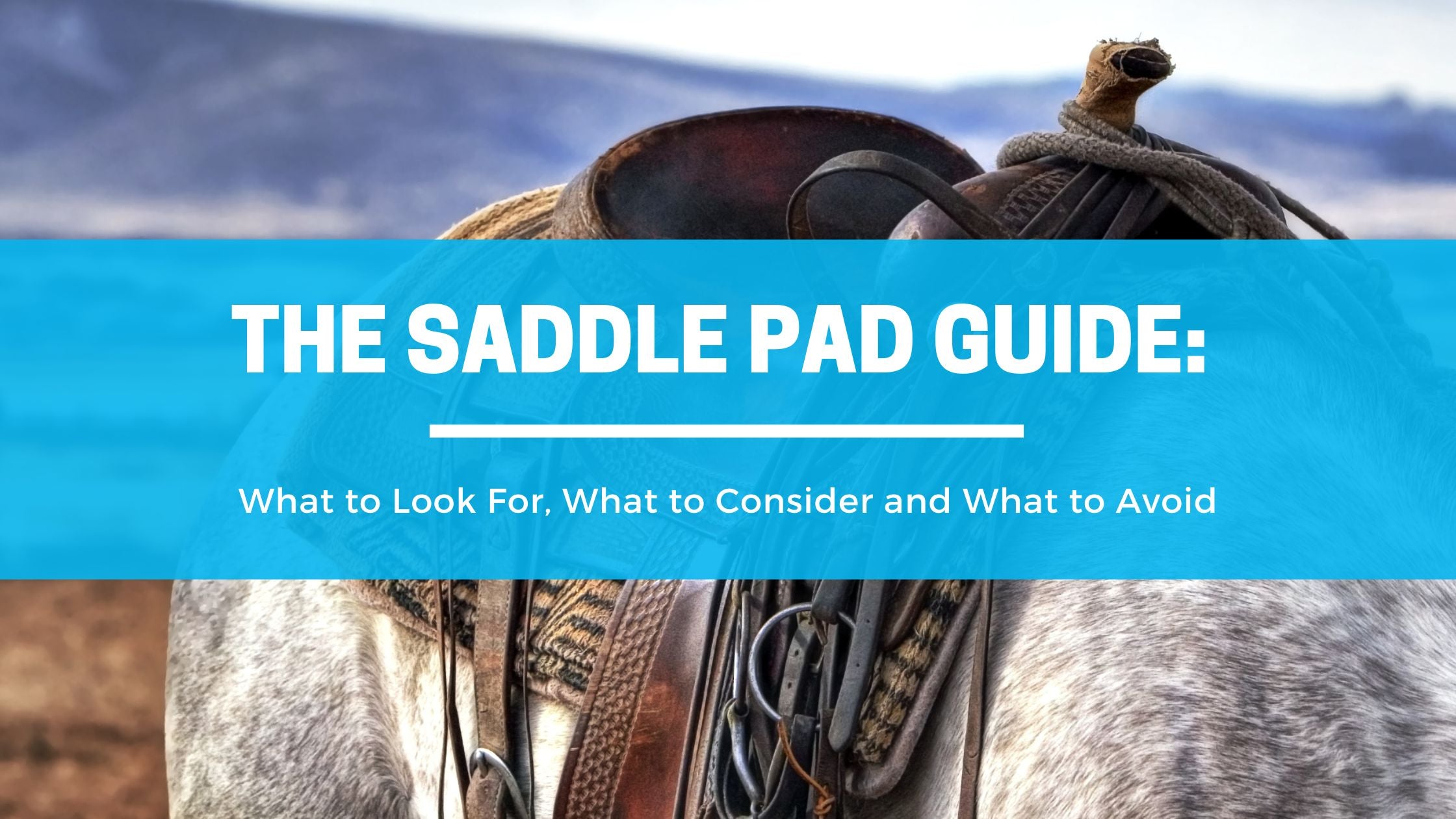Proper Saddle fit has become quite a hot topic. That’s a positive development since poorly fitting saddles cause problems for both horse and rider. However, the increased emphasis on proper saddle fit has caused many people to go on a quest for the “perfect” saddle for their horse.
Let us take some pressure off. There is no such thing as the perfectly fitting saddle. A horse’s conformation changes throughout its life, and even throughout the year as their exercise level and nutrition varies. Buying a saddle to precisely fit a horse at a moment in time often results in a poorly fitting saddle at a later date.
The good news is that it’s not necessary to have the “perfect” saddle for a horse to have a comfortable fit. Proper saddle fit isn't an exact science. Think of the working cowboy. Could he afford to buy a different saddle for each horse he rode? Not on cowboy wages. And yet, if his saddle caused soreness for the boss's horses, he wasn’t a working cowboy for long. He needed a high quality, well-built saddle designed for the physical type of horses he rode. That's proper saddle fit.
That’s what you need, too. With a suitable quality saddle and a variety of saddle pads, you should be able to ride many horses of the same physical type. Such a saddle should comfortably clear a horse’s withers, allow for free movement of the shoulders, be the proper length and shape for its back, and be well balanced to provide good weight distribution. That's proper saddle fit. If you ride horses of different breeds or significantly different sizes, then you'll need to invest in multiple saddles.
The Western Saddle
The Tree:
The foundation of the saddle is the tree. Today saddle trees are made of a choice of different materials. By far the best tree to go for is a "bull-hide covered hardwood" tree. This tree is made out of hardwood with one or two layers of wet Bull-hide or rawhide stretched over it. As the hide dries it shrinks forming a vice-like covering. This makes for a very resilient and strong tree, which however has an element of "give" in it. Inferior trees are often covered with canvas or cheesecloth or poorer quality hides (e.g., goat) and are suitable only for light pleasure use. Saddle trees are also made out of molded fiberglass and other plastics but again these generally are suitable only for pleasure use and not for Ranch and Rope work.
Bars:
The part of the tree that rests along the sides of the horse's spine is called the "bars." The size, shape and angle of the bars are what determine the fit. The three basic types of tree include the Quarterhorse (widest and longest bars, accommodating most "stock type" Quarterhorses), Semi-Quarterhorse (narrower bars, conforming to Thoroughbred type Quarterhorses), and Arabian tree (shorter bars, fitting shorter backed Arabian type horses). They should fit smoothly along the length of the horse's back and evenly distribute the pressure and weight of the rider and saddle. Both the length and angle of the bars affect how comfortably
the saddle fits the horse.
Swell/Fork:
Also called the Pommel. Fork design gives shape and definition to the front of the saddle. An "A-Fork" is just what it's name implies; the front of the saddle looks like an "A" as it rises from the bars to the horn. Other fork styles are somewhat broader in appearance, with more swell to the fork. The more swell to the fork, the more support you feel.
Gullet:
The design of the swell/fork, as well as the angle of the bars, help to determine the width and height of the saddle gullet. This, in turn, affects how well a saddle tree fits the horse's withers. The saddle must clear the withers. Too low a fit in this area and the horse can become sore quickly.
Horn:
This may be tall or short, thick or thin, and have a large horn cap or a small one. The angle used in attaching a horn to a tree also varies. The intended use for the saddle usually determines the horn design.
Cantle:
The term "high-backed saddle" refers to the cantle design used in the saddle tree. A higher-backed saddle can seem snugger in fit than a low one, given the seat measurement, simply because it offers more support in a higher position on the rider's back. This can come at a loss of flexibility for the rider so a lower cantle is often found in a roping saddle or when a quick dismount is needed such as in steer wrestling.

